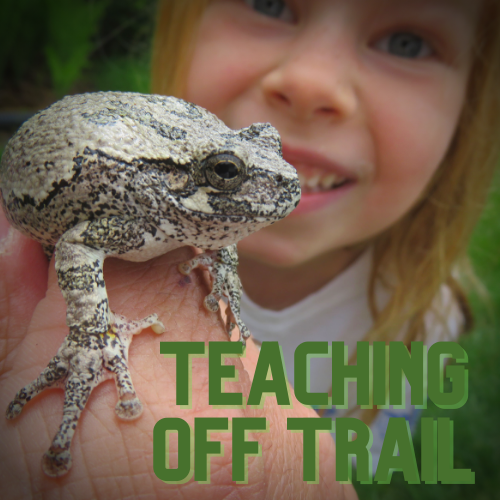Day 213
Participating in the Great Wisconsin Birdathon allows participants to look for any bird anywhere in Wisconsin with a goal of collecting as much data as possible. This generality makes it a great opportunity for even the most inexperienced birder. This is ideal for a kindergarten classroom and for a family looking to enjoy the world around them.
However, in many ways, our family isn't like every other family. We consider nature a right, not a privilege, and aim to utilize it as much as possible. We would not have acquired a twenty acre parcel of land needed to be restored if we didn’t find joy and value in the process of using and improving nature.
A sizable portion of our specific parcel of land is wetland. When improved and restored, it will attract a more specific array of wildlife than a prairie or forest. Even in our early stages of restoration, we have seen our and start to attract more wildlife, especially when it comes to the wet season of spring. When the snow melts and the land is much wetter, the waterfowl were plentiful. Having an affinity for cranes, we named our farm Craneview in Plainview. My wife jokes that we could move if we ever saw a whooping crane on the land. We were blessed to have this actually happen, but only worry, we won't be moving anytime soon. However, with our increased waterfowl sightings, we decided to participate in a program similar to, but more specific, than the Birdathon. We looked into making our farm an observation site for the International Crane Foundation’s Annual Midwest Crane Count.
Similar to the Birdathon, this event aims to have people go out in nature and collect specific information about finding Wisconsin's two native cranes, the very common Sandhill Crane and the very endangered Whooping Crane. Basically, you go out and collect information about cranes you find in the wild.. Species. Number. Behaviors. Location. That information is shared with scientists at the International Crane Foundation, combined with the data from other participants, and used to evaluate the success of these birds as they migrate to their breeding grounds in Wisconsin from their winter homes down south.
